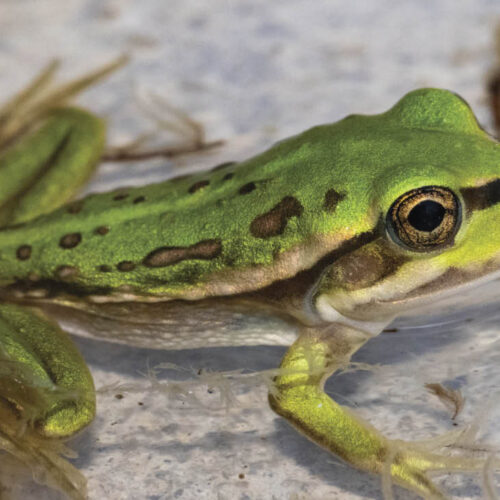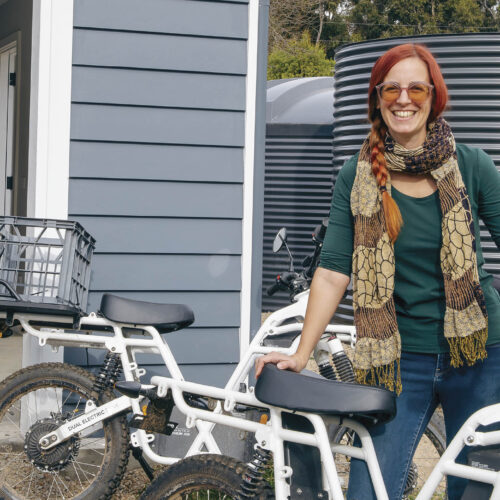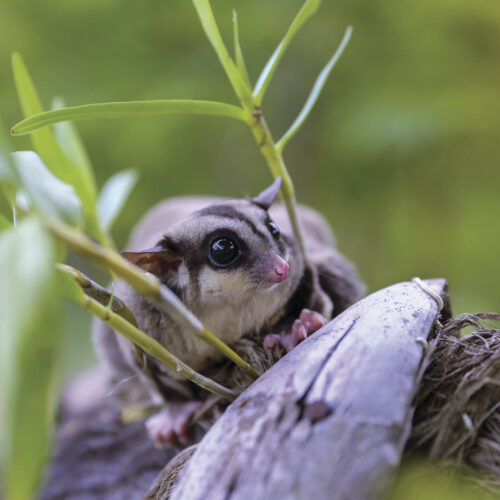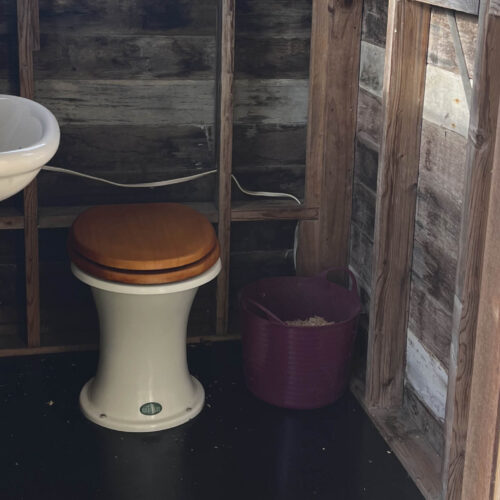Ethical threads
2011-12-01T01:31:41+11:00
The environmental impacts of cotton production have been known for years, but the conventional textile industry remains plagued with problems that affect farmers and consumers, writes SIMON WEBSTER. Plus, an extract from a new book on ethical clothing by India Flint.
Asked which of clothing’s crimes against the environment is the most heinous, artisan and designer India Flint is undecided. “It’s a little like trying to decide which is the worse disease … smallpox or bubonic plague,” she says.
Flint believes that if consumers really knew what they were wearing they would be appalled. For an environmentalist, the standard processes and treatments applied to textiles are “the stuff of nightmares”.
First there are the ‘clothes miles’. “A woollen jumper purchased in Australia may be made from Australian-grown wool that is likely to have been scoured in China, spun in India and then machine knitted from that intermediate product in yet another (probably Asian) country before returning to the country of origin,” Flint writes in her book Second Skin.
Fungicides, dyes and stain-resistant treatments are applied to cloth. These chemical products, of course, have to be manufactured, as do all the zips, buttons, swing-tags, packaging and plastic coat hangers. Then there’s the fact that so many textiles are synthetic, most of them with their origins from the ever-diminishing resource of oil. The demand for cheap clothes, meanwhile, has led to vast amounts of garments with “pathetically short lives” ending up in landfill. “Begin to examine one part of the process and you’ll find an ever-growing network of related environmental (and social) impacts, metaphorically writhing away like an angry octopus,” writes Flint.
When you also consider the environmental and human health impacts of growing conventional cotton monocultures – and the health issues surrounding the wearing and manufacture of clothing – it’s no wonder Flint was inspired to write Second Skin.
Subtitled Choosing and Caring for Textiles and Clothing, it is a manifesto for ethical clothes. A personal and beautifully presented book, it advocates natural fibres and plant-based dyes (Flint makes hers from windfall leaves that she collects). It also urges us to buy fewer and better quality clothes, make some of our own, and learn how to repair and look after them.
“By making do with having a bit less as well as making that ‘less’ last longer, each person can do something useful,” says Flint.
Field of bad dreams
The environmental concerns that affect the modern clothing industry begin in the paddocks of the world’s conventional agriculture systems. Cotton has long been regarded as one of the dirtiest crops, responsible for approximately 25 per cent of world insecticide use, according to a 1995 report*.
In recent years there has been an attempt to give it an image makeover, with the cotton industry pressing its environmental credentials and pointing to a large reduction in pesticide use.
However, this has been mainly due to the fact that genetically modified (GM) cotton strains have been widely adopted; more than 95 per cent of Australian cotton growers planted GM cotton in 2007-08, and by last year 49 per cent of the world’s cotton hectares area were GM.
GM crops are highly controversial for numerous reasons, including their untested long-term human health ramifications, ability to contaminate non-GM crops, capacity to create pesticide-resistant weeds and insects, and possible effect on butterfly and bee populations. What’s more, the increased yields and reduced pesticide figures claimed by multinational GM seed companies have been much disputed.
Cotton’s water footprint is also a huge concern. From 7000 to 9000 cubic metres of water are needed to produce one tonne of cotton, writes British journalist Lucy Siegle in her recently published book To Die For: Is Fashion Wearing out the World?
Child labour in Uzbekistan and a debt-laden Indian farmer committing suicide every 30 minutes are also part of the story that provides the West with $3 T-shirts, writes Siegle. “How much are we prepared to pay in social and environmental terms for cheap cotton?” she asks.
Organic alternative
Organic cotton comprises only 1.1 per cent of global cotton production, but it is growing – production was up 15 per cent in 2009. Organic cotton is GM-free, and grown without pesticides or chemical fertilisers on farms committed to sustainability and biodiversity.
Organic cotton farming systems still use a lot of water, but tend to be more water efficient than conventional ones, according to Dr Andrew Monk, director of Australian organic certifying body the Biological Farmers of Australia (BFA). However, Monk acknowledges that clothes miles are hard to avoid whatever the production system. Most organic cotton comes from India. The BFA has only one Australian organic cotton grower in its database.
Still, there are many positives for the developing world in growing organic cotton. Siegle points to UK fashion designer Katherine Hamnett, a pioneer in the use of organic cotton. Hamnett says the reduced cost of inputs and 20 per cent price premium for certified organic cotton “enables farmers to feed and educate their children, dig wells and afford health care. It makes agriculture viable.”
A human health hazard
Once conventional crops are harvested, a long list of chemicals may enter the textile and clothes manufacturing process. Flint says the dangers are obvious: “If you’re wearing something that has been treated with flame retardants, anti-wrinkle, anti-stain, deodorising, anti-bacterial and/or permanent pressing substances then you’re wrapping your biggest, most absorptive organ [the skin], in a most unfriendly chemical cocktail.
“Formaldehyde is present in many clothes. Those brilliant colours that people love, so often derived from the application of Azo dyes, contain heavy metals and dioxins.”
On the production side, children are often used for unskilled labour in the developing world, in hazardous working conditions. Textile workers of all ages absorb dyes through their skins and farmers worldwide are exposed to chemicals in the field – particularly in poorer countries where safety standards are very different to those in the West. Siegle quotes World Health Organisation figures: “Between 20,000 and 40,000 cotton workers die each year from pesticide poisoning.”
Natural choices
Back to choosing clothing’s most heinous crime, Flint comes to a decision: “If I had to pin it down to one thing, it would be simply the tendency to excess. Excessive production, excessive consumption … everything else hangs on that.
“If a lesser amount of things were made and better, we’d use fewer resources and they’d go a lot further. Do more with less and take better care of what you have. It’s as simple as that.”
Flint says that if we want to help change things, we must start making ethical decisions when it comes to clothes. She acknowledges that working out the provenance of an item of clothing isn’t always easy, but she does have some advice.
“The obvious things would be to choose naturally dyed or undyed clothes over the luridly coloured ones,” she says. “Choose natural fibres, such as wool, silk, hemp, linen and so on, over synthetics. Research their provenance by asking questions of the salespeople.”
Of course, buying vintage clothing, used clothing, or joining regular clothes swaps, and ‘repurposing’ clothing are all good options for lessening our personal impact. There are also a growing range of stores and online businesses selling organic and fair trade clothes – search them out.
* Allen Woodburn Associates Ltd./Managing Resources Ltd., “Cotton: The Crop and its Agrochemicals Market,” 1995.






